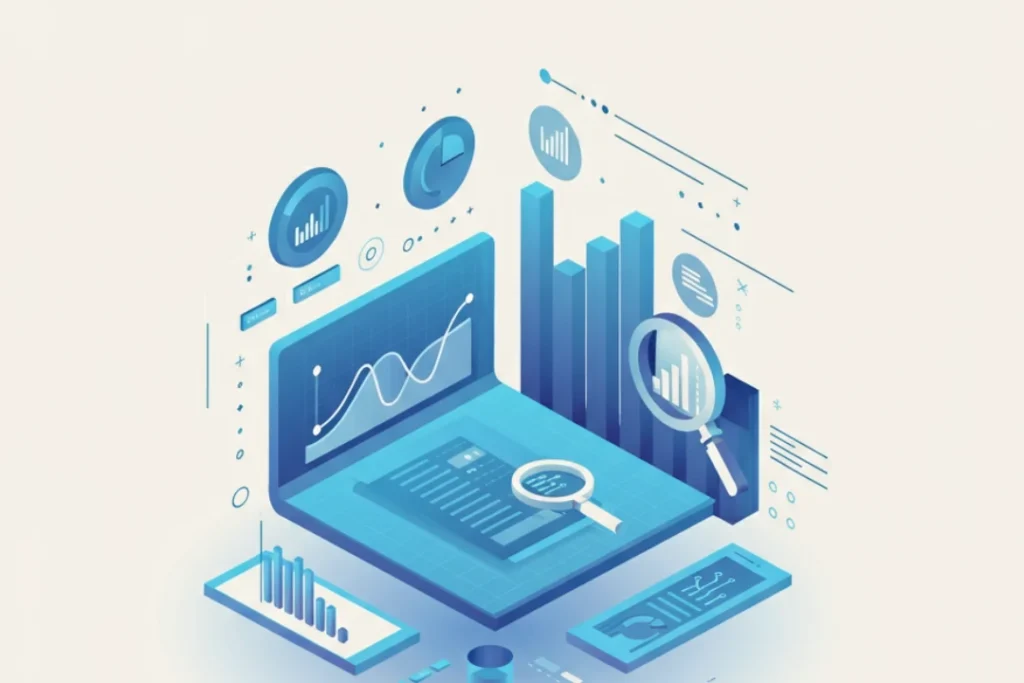Unlocking your data’s hidden stories has become easier than ever—smart technology now empowers everyday teams to dig into mountains of information and find what matters most. By using automated tools and predictive software, businesses can make reliable decisions faster than before. Knowing how to tap into these digital resources is a valuable skill for anyone who wants to boost results and stay ahead of the competition. This article breaks down how you can make the most of intelligent data analysis at every step.
Understanding the Role of Technology in Data Analysis
Before jumping in, it’s important to recognize how new software has changed the way we analyze information. Advanced analytics don’t just process numbers—they spot patterns, forecast future outcomes, and adapt as new data comes in. This means less time spent on repetitive, manual work and more time focusing on valuable strategy and big-picture thinking.
Defining Your Business Goals
Start any project by asking yourself: What questions do I want to answer? Whether your goal is to get to know customers better, streamline projects, or project next quarter’s sales, clarity is key. A well-defined goal helps you decide what information you need and which processing tools will help you the most.
Preparing Data for Analysis
No amount of processing can make up for poor-quality data. That’s why the preparation stage is so important. You’ll spend time gathering details, checking them for accuracy, and organizing everything so it’s ready for analysis.
Collecting and Bringing Data Together
Pull information from the platforms you already use—maybe your sales tracking app, website statistics, or even social media reports. Gather those separate bits into one organized spreadsheet or database.
Tidying Up and Standardizing
Now’s your chance to fix typos, fill in missing numbers, and make sure everything is labeled clearly. Clean, organized data is your ticket to solid results you can trust.
Choosing the Right Tools for Analysis
With everything in place, it’s time to select the software or service that meets your needs. There are plenty of solutions out there, ranging from simple programs that run basic calculations to more complex platforms handling advanced predictive analytics. For more guidance, you can check out this Harvard Business Review article on choosing the right analytics tools to find what fits your project.
Key things to consider:
- User Experience: Do you want something simple or a solution with customizable features? Some programs are as easy as dragging and dropping, while others let you dive into code.
- Problem Complexity: For straightforward predictions or summaries, basic tools will do. For projects like sorting images or large-scale forecasting, look for more sophisticated technology.
- Budget and Growth: Make sure the platform fits your price range and can scale up as your needs grow.
Running the Analysis and Getting Results
Once your data and tools are set, it’s time to dig in. Use your platform to process the information and uncover connections, patterns, or surprising trends. These insights can become a personalized report, help group your customers by habits, or show which areas require extra attention.
Making Sense of the Outcomes
Getting numbers or charts is just the start. What do those findings mean for your business or project? Translate the results into action steps—if you see a dip in product interest, for instance, you can adjust your approach right away.
Putting Insights into Action and Keeping Things Updated
A successful project doesn’t stop at the first round of analysis. Incorporate the results into daily planning and keep everything up to date as new data rolls in.
Consider these steps:
- Ease of Use: Plug your findings into dashboards or files that decision-makers check on a regular basis.
- Keep an Eye on Quality: Make a habit of reviewing whether your predictions and reports are accurate.
- Stay Current: Every so often, update your software and refresh the information to maintain high-quality, relevant results.
Conclusion
Mastering new methods for data analysis can give you a real boost, turning scattered information into strategies that work. With a clear roadmap—setting goals, prepping clean data, choosing the best tools, and reviewing outcomes—you can turn knowledge into action. As technology evolves, these techniques are becoming more accessible, making it possible for anyone to achieve smarter, data-driven decisions.
Frequently Asked Questions
1. What’s the biggest advantage of using automated data analysis tools?
These tools help you process huge amounts of information quickly, revealing trends and valuable insights that are hard to spot manually. That gives you a real advantage when making business choices.
2. Do I have to be an expert to use digital data analysis?
Not at all. Most current platforms are user-friendly and don’t require advanced tech skills, opening up analysis to individuals and small teams alike.
3. How is modern data analysis different from older methods?
Traditional approaches often focus on what happened in the past, while modern analyst tools can make predictions and guide future decisions based on patterns they find.
4. What challenges should I expect when working with these systems?
The biggest hurdles are usually cleaning up your data, picking the right tool for your needs, and avoiding any built-in biases. Ongoing checks and updates keep your results trustworthy.
5. Can I use these methods with things like text or pictures?
Absolutely. There are specialized programs that can make sense of unstructured information such as emails, reviews, or images—helping you tap into a world of useful feedback.
You may also read: Supercharge Your Blog: The Modern Writer’s Guide to Smarter Content Creation



